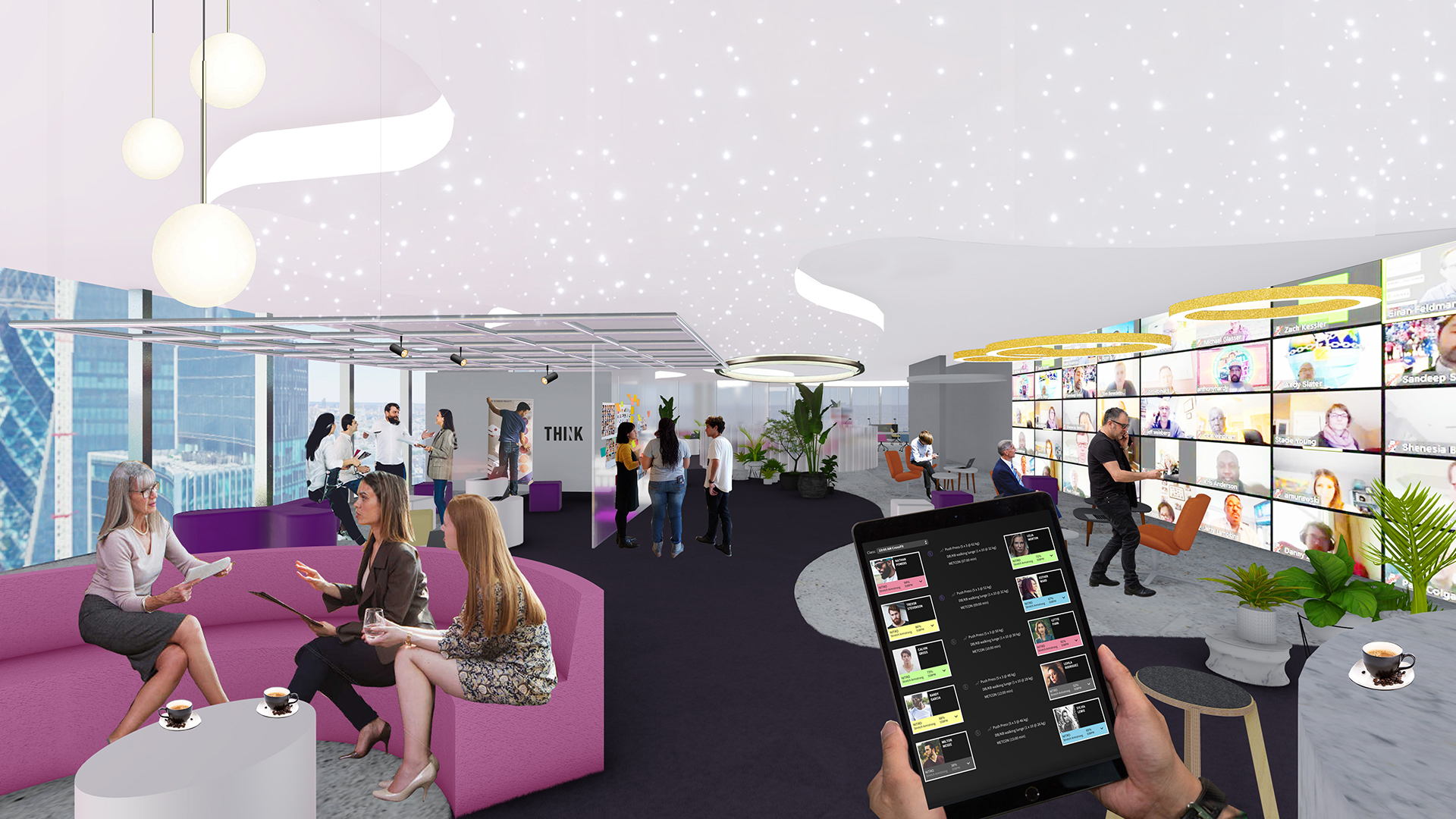WXO Case Studies tell the story of how experts across the Experience Economy have faced challenges, solved problems, and either pioneered new ideas or just figured out how to make something work really well. We believe these experience-based ideas are highly transferable, and that you should be able to take what they discovered in their sector, and apply it in your area of the Experience Economy. If you’d like to share your own case study with the WXO community, please get in touch.
Alain Thys is an experience architect and Founding Member of the WXO who’s used to challenging orthodoxies in his work – see the Campfire he led on reimagining funerals for a snapshot of this thinking in action. In this case study, he produced a piece of research and design thinking about how we might reinvent the office experience in the wake of the pandemic.
- In order to tackle the problem in new and revolutionary ways and to reach a better outcome, Thys assembled a cross-disciplinary team of neuroscientists, architects, marketers, accountants and experience designers.
- (This is exactly the sort of cross-sector collaboration that the WXO believes wil results in better experiences.)
- His self-developed tools focus on empathy, inspiration and overthrowing orthodoxies as routes to reimagining how things have always been done.
- The biggest challenges both now and in the future lie in persuading organizations and individuals to let go of long-held orthodoxies – both on the side of the client and the team working on the brief.
Who’s our Hero?
We believe stories Start With Who – so who’s the hero of this one? Who had a problem to solve?
The parties in this research project were a global professional services firm that has its HQ at the London Fenchurch building and my design firm Alain Thys & Co, in collaboration with the Hong Kong architecture boutique PoPUP and neuroscientist Beau Lotto from the Lab of Misfits.
What did the Old World look like?
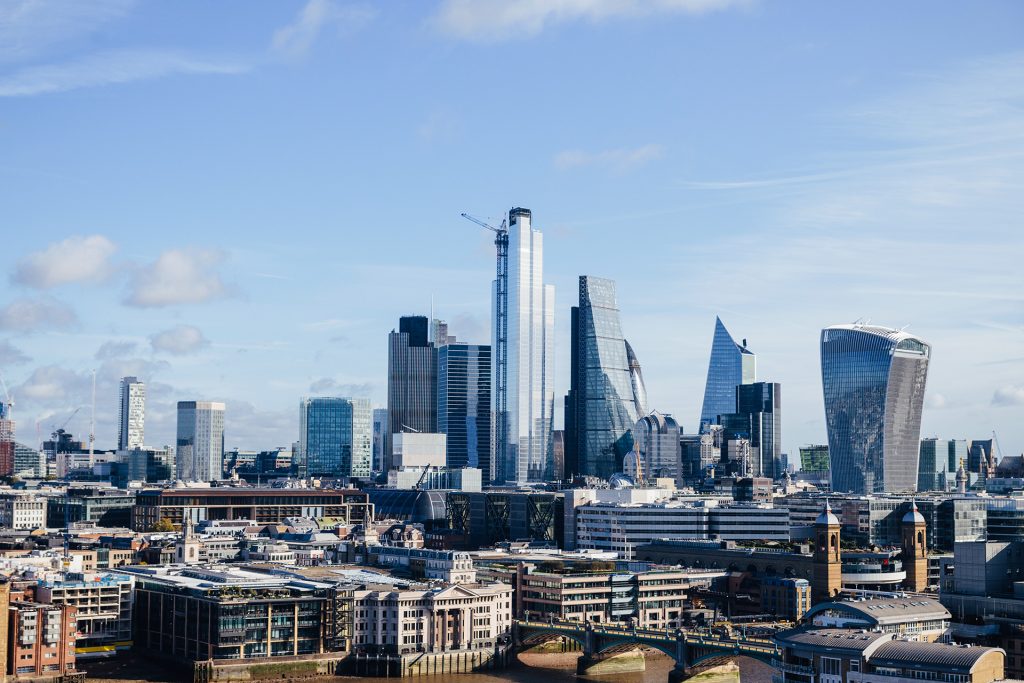
How were things going?
While none of us really knew what the future of the office would look like, we knew that post-Covid it was unlikely that we’d all return to work in the same way as before 2020.
What was the Call to Adventure?
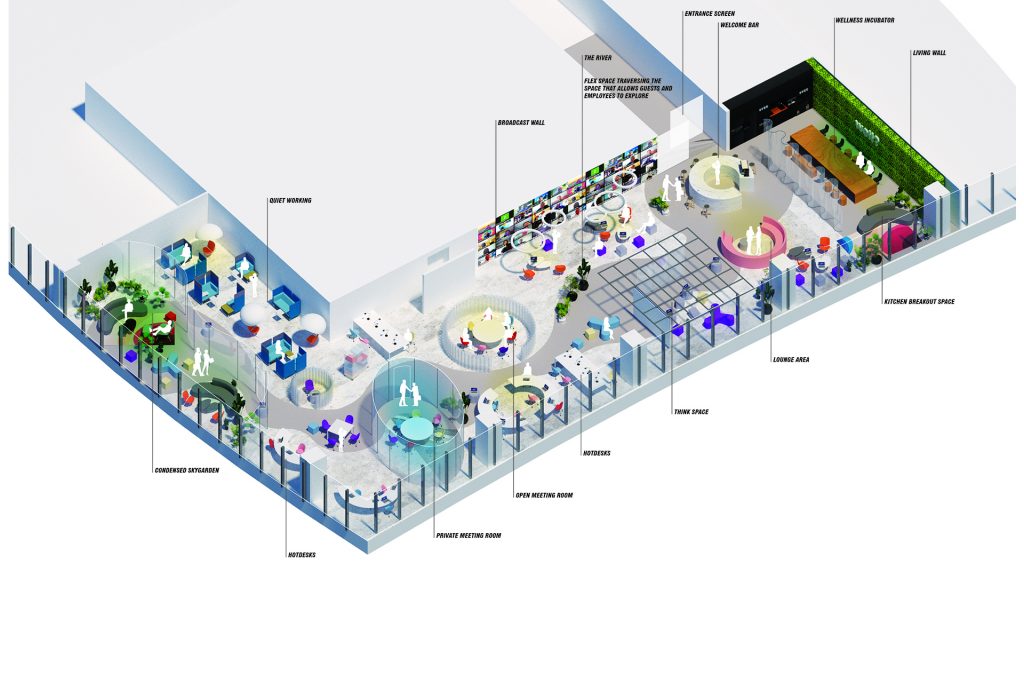
What was the problem, either “out there” – in society, the industry, the world – or “in here” – the firm, the community?
Most solutions which were being discussed about working in the post-Covid era focused on reducing office space, ‘pushing’ home work (or not) and potentially ‘improving the office experience’ by adding a pool table (which no one would use).
The problem/opportunity we saw was to look beyond these obvious trappings and reinvent work as an immersive experience from the ground up… and then make the decisions that needed to be made.
Who was your Mentor?
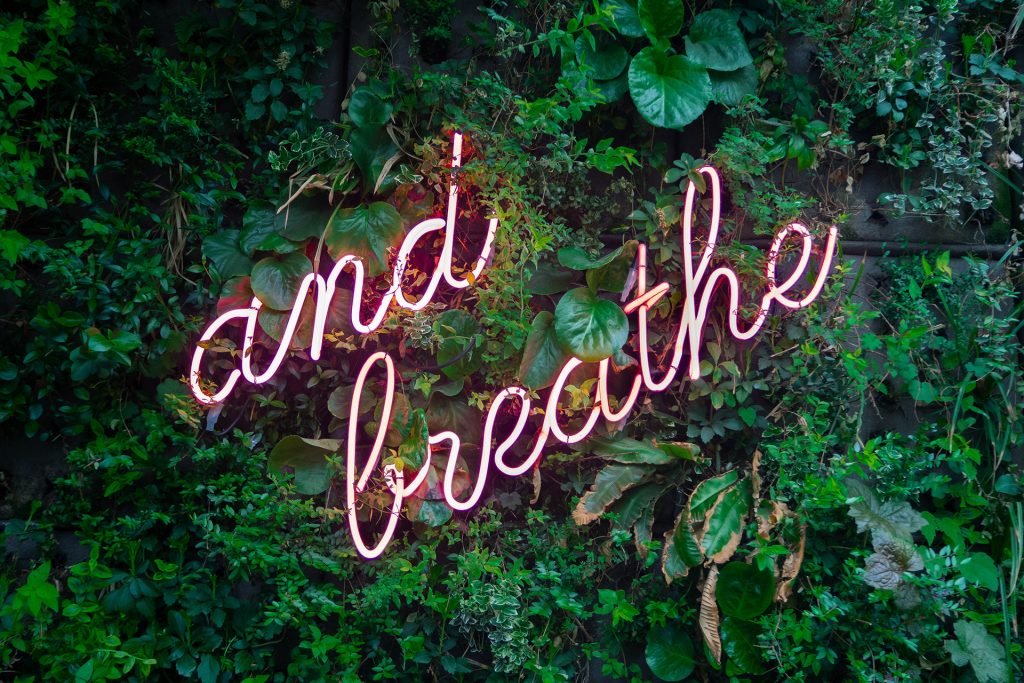
Did the people going on this journey have a mentor – either a real person or a way of thinking?
We jointly went on a journey of exploration in which the guideline was that ‘our environment determines our behaviours’.
So while we looked at the latest thinking in office design, we deliberately let go of the work design-centered orthodoxies to see what people would really need in the context of work post-Covid AND how the business would want them to behave.
This got translated into a set of design parameters for what tomorrow’s office experience should be.
Why did you at first refuse the Call?
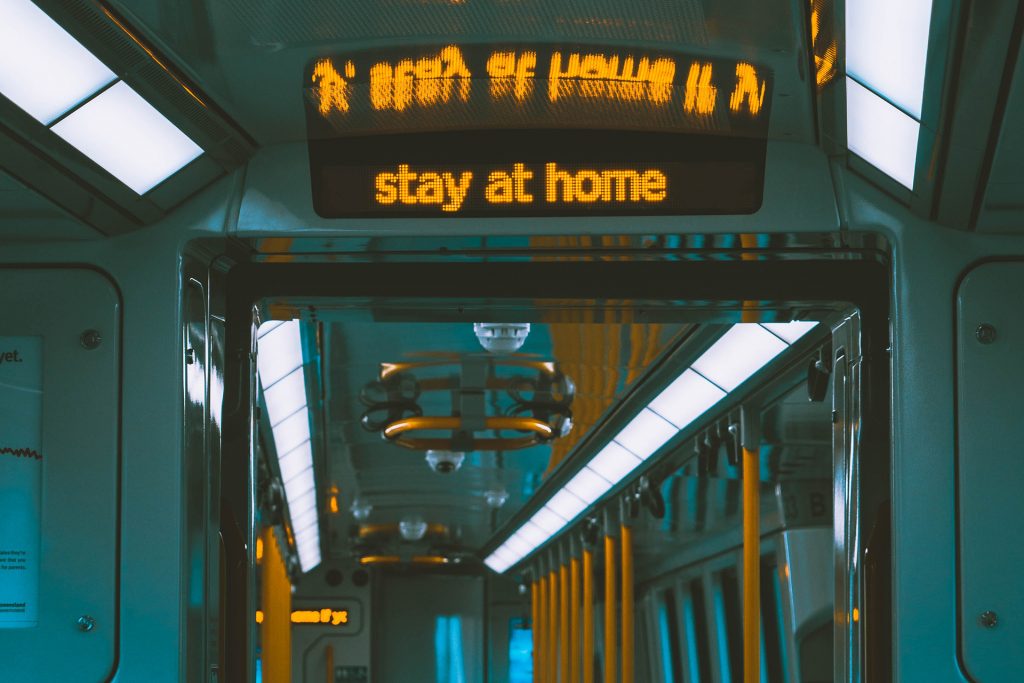
Why didn’t you action this before?
While some of the thinking around ‘work as an immersive experience’ had been on my mind for a longer period of time, it was never really a problem that businesses would be open to thinking about, as they had 500 other priorities.
What was the Inciting Incident?
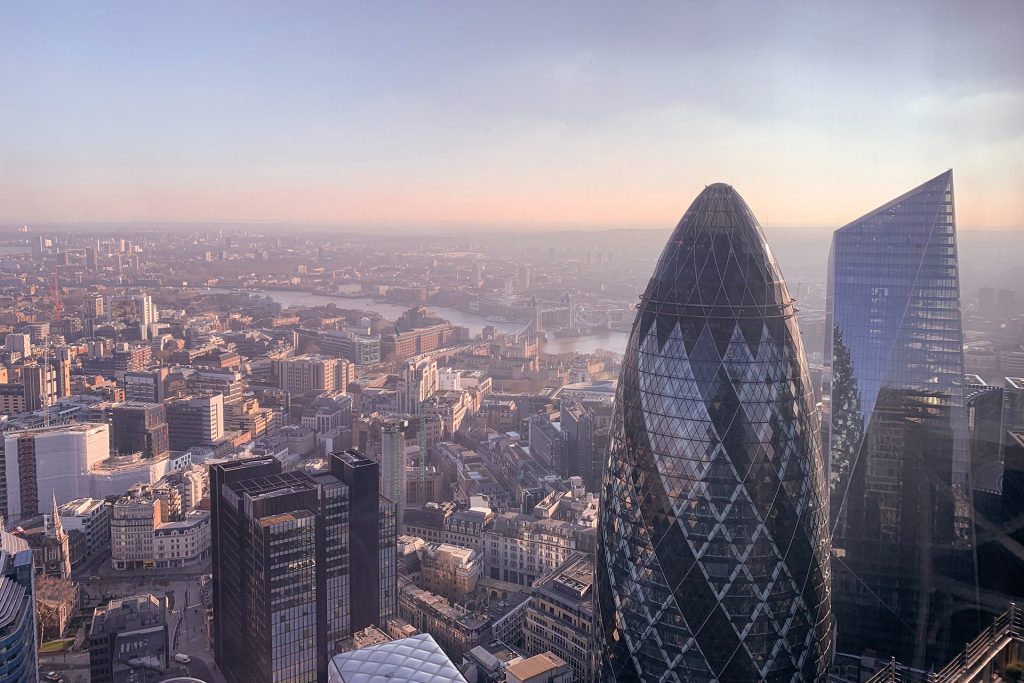
What changed?
The Covid crisis happened and so came the realisation that work would return to a similar status, but never really be the same again.
What would have happened if you hadn’t Crossed the Threshold?
…or done what you’d always done before?
As the goal of the project was to come to a concept design, we never really ‘built’ anything. But not doing the project would mean we wouldn’t have seen how powerful it is to consider work as an immersive experience.
What Trials did you face?
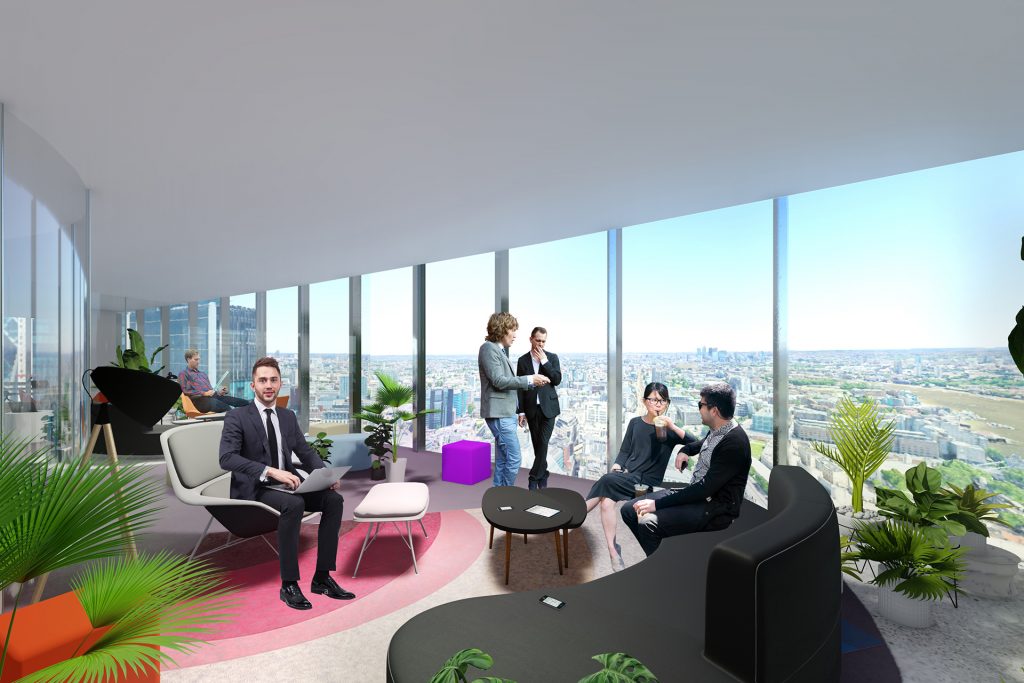
Lack of knowledge? Time? Money? Contacts?
As it was a self-funded project in which the client contributed time but not money, funding was a continuous challenge. But along the way everyone got increasingly excited, so we kept working until we got to a final result.
The biggest challenge in the process was to let go of our own orthodoxies and beliefs of what work is supposed to be, and also navigate the myriad fake guidelines which are regularly used by management and design gurus, yet which are not grounded in empirical research, from the choice of colours to the illusion of Maslow’s hierarchy of needs.
Who were your Enemies?
As the project was a concept design, we didn’t really present it to the broader – and quite conservative – organization. Yet we did assume that this would be highly critical of some of our less orthodox ideas. We proactively worked some of their assumed criticism into the end result.
What Tools helped you on this journey?
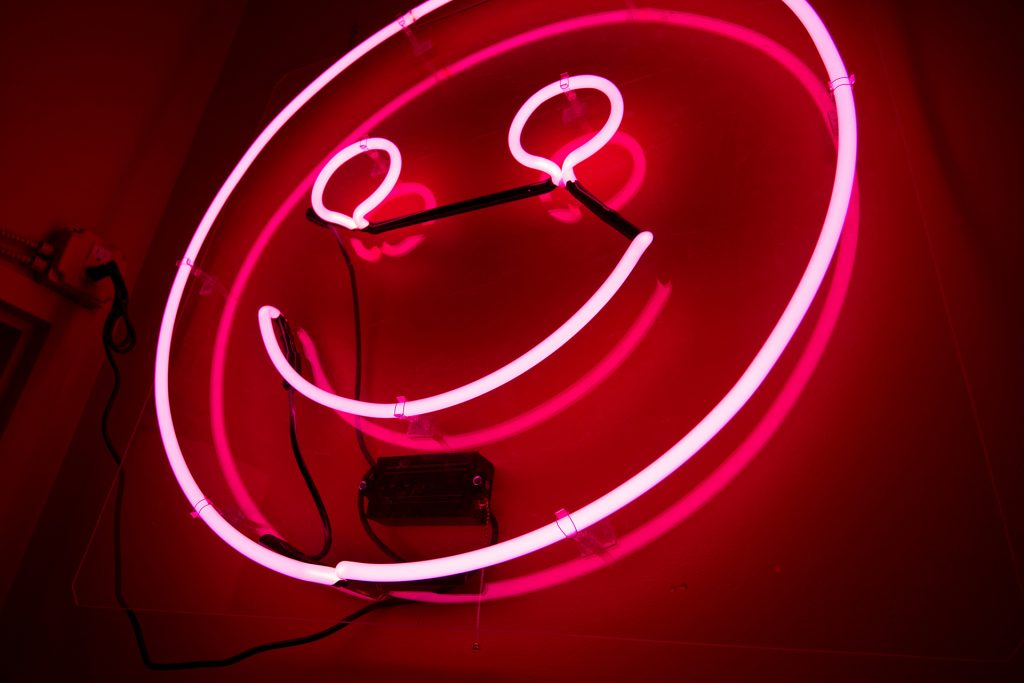
What’s the closest thing you had to King Arthur’s Sword, or Luke Skywalker’s lightsaber?
Our three main self-developed tools were:
a) The book of inspiration: a systematic review of all the latest thinking and cases on the topic being investigated.
b) The empathy walk: a method to truly understand the rational, emotional, social and aspirational needs of every audience we’re addressing.
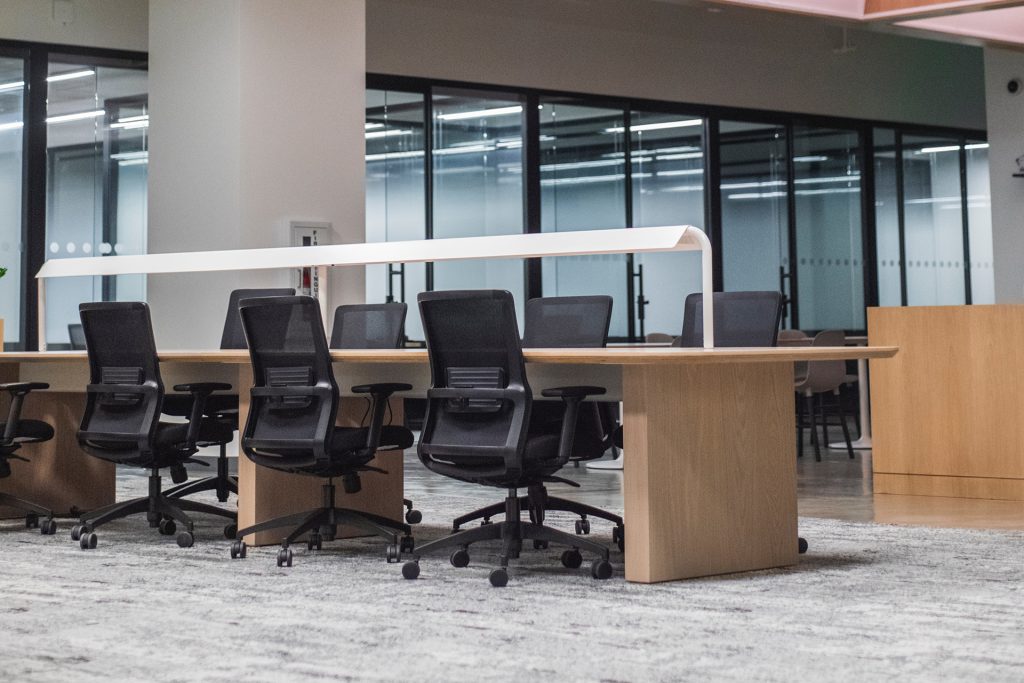
c) The orthodoxy review: an attempt to identify and brutally challenge every (implicit) orthodoxy and bias that may be used during the design, e.g. Why do desks stand in rows? Why are they rectangular? Should we have chairs? Is an office a physical place?
What was the biggest Ordeal?
What was the toughest challenge you faced?
Letting go of the orthodoxies. Because no matter how hard you try, you always look at life through your own lens.
Did you have any “Aha!” moments?
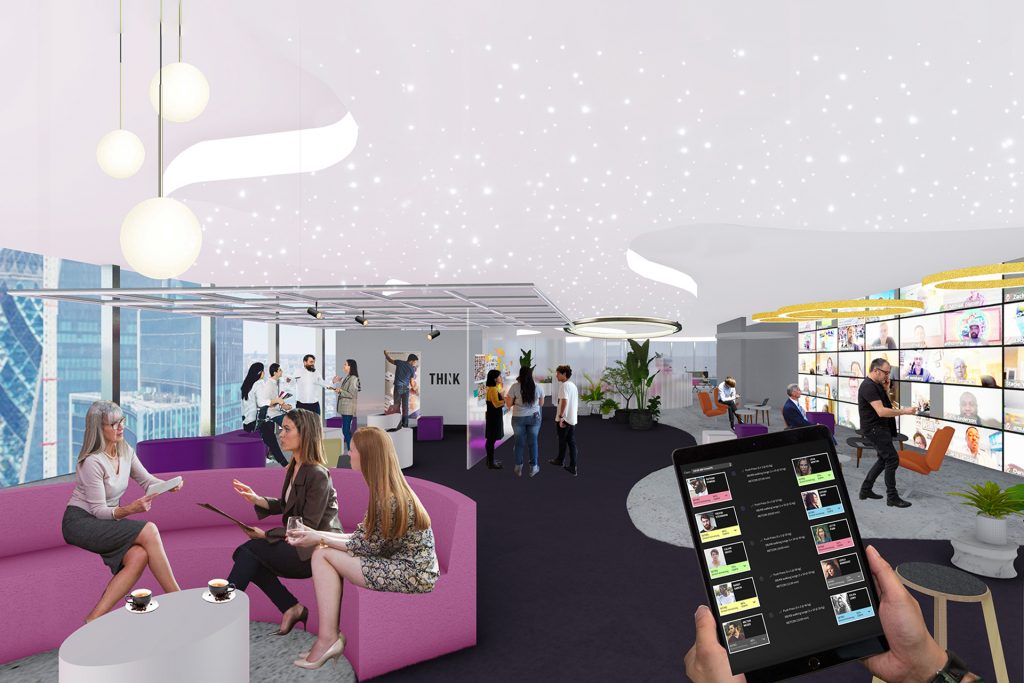
Moments of discovery and inspiration… times when instead of the fog of uncertainty, you suddenly saw the way forward?
The first aha moment came from the transdisciplinarity of the project. I’ve always worked with multiple disciplines, yet this time we took it to the extreme of combining neuroscientists with architects, marketers, accountants and experience designers all in one team. This sometimes led to difficult conversations, but created immense breakthroughs. It’s the way to go ahead.
The second was that when it comes to office design, most people focus on the SPACE. But this means they ignore STORIES, BEHAVIOURS and TIME as design components. And these are an equally valid part of the work experience.
What was the Reward?
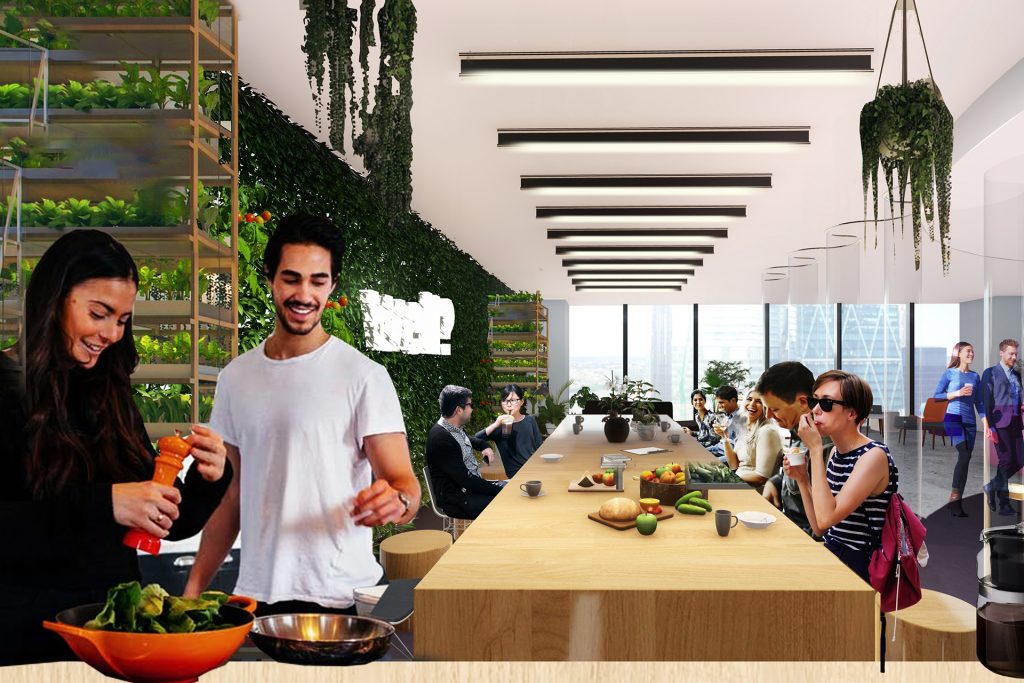
Think in terms of outputs and outcomes: outputs are what you produce, whereas outcomes are what happens as a result of the outputs.
The goal of the project was to seek knowledge. The practical output was a template design and practical elements which can be applied to office environments geared to intellectual work, as well as a variety of non-office related projects.
The underlying research is already being used in a number of other employee experience projects.
How does the New World look now?
Now you’ve faced this challenge, what does it mean for you, your organization, and the world?
The new world looks exactly like the old one as due to a broader reorganization, the business didn’t really act on the concept designs.
However, the perception of those that participated has changed compared to the start of the project. This will start influencing employee experiences and office designs in the future.
What might the next Journey be?
Thinking ahead, what might the challenges ahead look like?
While people typically find the work we did inspiring, the biggest challenges we’ve found when describing this project to other organizations are:
a) the need for decision-makers to actually look at work as an experience that needs to be designed. While this may be obvious to those trained in experience thinking, it’s not something that comes naturally to other professions.
b) the practical challenge that the elements for work experience design are spread over multiple – overworked – departments like facilities management, HR, IT, Operations and sometimes more. There is, however, no-one truly in charge of the ‘work experience’, which makes a holistic implementation difficult.
For more case studies and learning frameworks from the Experience Economy, check in to the WXO website regularly and sign up for our newsletter here.

